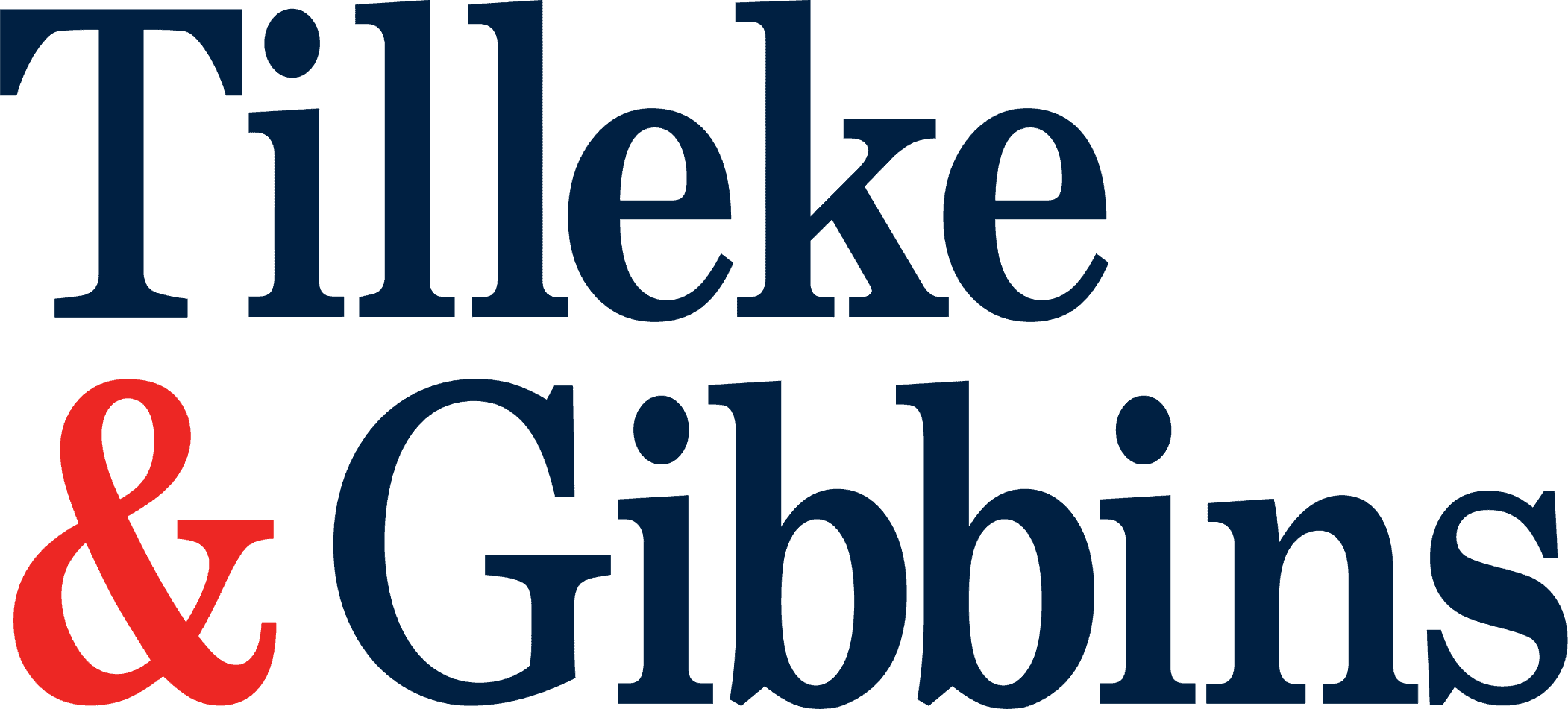
The amended IP Law adopted by the National Assembly of Vietnam on June 16, 2022, which took effect on January 1, 2023, revises the definition of an industrial design, which had been unaltered since the introduction of the first IP Law in 2005. This amended definition will certainly have a significant influence on the understanding, application, and interpretation of regulations on protection of industrial designs in Vietnam. The revised definition reads as follows, with the new additions in bold (no words were removed from the old definition):
Article 4.13:
Industrial design means the external appearance of a product or a component for assembly of a complex product represented in shapes, lines, colors, or any combination thereof, and visible during the utilization of the product or complex product.
This definition can be separated into two groups of objects:
Group 1
Industrial design means:
1.1: the external appearance of a product
1.2: represented in shapes, lines, colors, or any combination thereof, and
1.3: visible during the utilization of the product.
Group 2
Industrial design means:
2.1: the external appearance of a component for assembly of a complex product,
2.2: represented in shapes, lines, colors, or any combination thereof, and
2.3: visible during the utilization of the complex product.
In principle, Group 2 must include at least one object that is not covered in Group 1, because if Group 2 is completely covered by Group 1, it would be unnecessary to revise the definition to reflect the “new” group of objects. We will consider the above definition in such spirit.
Group 1 Objects
Under the revised definition, conditions 1.1 and 1.2 are unchanged, and condition 1.3 is added. Condition 1.3 essentially reflects the exclusion already specified in Article 64.3 of the IP Law, i.e., “the external appearance of a product that is invisible during the utilization of the product is not registrable as an industrial design.” It can be understood that the addition of condition 1.3 serves only to bring the protection conditions for an industrial design into the definition (formerly, it was required to rely on both the definition and the exclusions to determine the scope of protection); it does not regulate condition 1.1 with regard to the external appearance of the product. We will discuss this condition further with regard to the Group 2 objects.
In summary, under the revised definition of an industrial design, the scope of Group 1 objects is basically unchanged from the former definition.
Group 2 Objects
The revised definition of an industrial design also refers to a new group of objects with conditions 2.1, 2.2, and 2.3.
Regarding condition 2.1, “the external appearance of a component for assembly of a complex product,” the term “component” is mentioned in Article 33.2.b of Circular 16/2016/TT-BKHCN (Circular 16): “Products are understood as items, tools, equipment, means, or components used to assemble or compose such products, manufactured by industrial or manual methods, with clear structure and function, and circulated independently.” The term “component” is thus not new, so it can be understood that Group 2 is not new, but only clarifies a “component for assembly of a complex product” to distinguish it from a “product.”
We can further consider the terms “component”, “assembly,” and “complex product”.
- “Component”: Under Article 33.2.b of Circular 16, it is clear that the term “component” can itself be understood as a “product.” However, there is an opinion that by separating these two concepts in the definition of an industrial design, the term “component” refers to a component that by itself cannot create functions and uses of the complex product that it will be assembled into. If a component creates the functions and uses of a complex product, it becomes an independent “product,” which is already covered in Group 1. We also note that this approach is based on the validity of Article 33.2.b of Circular 16. If new circulars promulgated to guide the amended IP Law change this article, this approach should be reconsidered.
- “Assembly”: There is an opinion that “assembly” is only used for tangible products, which can be manipulated, handled, and operated directly by manual or mechanical means. Thus, in addition to the independent circulation requirement, this new definition provides an additional basis for excluding non-tangible products/components such as typefaces, graphical user interfaces (GUI), etc.For tangible products/components, what does “assembly” mean? If it is understood in a broad sense, which means linking, combining, connecting, attaching, bonding, coupling, etc., between components—including not only mechanical connections but also the use of adhesives, intermediate/connecting components, 3D printing of materials, etc., and not only direct assembly but also indirect assembly through one or more intermediate/connecting components—then the scope of Group 2 will be very broad. However, if the term “assembly” is only understood in a narrow sense, meaning mechanically and directly joined components, Group 2 will be much smaller. There is also an opinion that “assembly” refers to the case where a component, once assembled, cannot be disassembled without breaking the structure of other components or the complex product. In this case, the scope of Group 2 will be much narrower still, and the addition of Group 2 is to provide an additional basis for excluding partial designs that cannot be easily removed from the main product.
The term “assembly” is therefore also a very important term in understanding the scope of Group 2, and it is clear that more guidance and expertise is needed to explain how to understand and use this term.
- “Complex product”: According to the above analysis, the “complex product” itself is covered in the “product.” Therefore, in this context, the addition of the term “complex product” is probably only to clarify or define the “component”, and the consideration of a “complex product” should be associated with the consideration of a “component”. However, there is also a need to define more clearly the connotations and externalities of the term “complex product” included in the new definition of an industrial design.
Condition 2.2, like condition 1.2, is unchanged in comparison with the former definition of an industrial design. However, in the context of referring to “a component for assembly of a complex product”, condition 2.2 should be understood to refer to the shapes, lines and colors of the “component,” and not the “complex product.”
Condition 2.3, as discussed above with regard to condition 1.3, appears to also be the addition of the exclusion provided in Article 64.3 of the IP Law to the new definition of an industrial design, with the term “complex product” adjusted to suit the new Group 2 objects. However, this condition is more specific and explicit for the case of “a component for assembly of a complex product” because there are many cases in which a complex product is made from the assembly of a component with other components, and when the complex product is utilized, the appearance features of the original component are not always visible. This condition thus excludes these cases, and is more explicit and specific for Group 2.
Therefore, according to the revised definition of an industrial design, the conditions for Group 2 include: condition 2.1, which is added; condition 2.2, which is unchanged; and condition 2.3, which adds the exclusion provided in Article 64.3 to the definition of an industrial design. Therefore, it seems that Group 2 is not new, but only clarifies a “component for assembly of a complex product” to distinguish it from a “product.”
In particular, the new terms “component”, “assembly”, “complex product” and “utilization” with regard to Group 2 should be understood and explained closely with each other. By analyzing these terms, we also find that the new definition of an industrial design seems to clarify and provide more grounds for excluding non-tangible designs such as typefaces and GUI, as well as partial designs. However, because there can be many different interpretations of the above terms, there should be more detailed explanations, and the subordinate legislation should also be amended to enforce the new provisions.
Conclusion
The amended IP Law received much positive feedback from those in the field, and is progressive legislation containing many necessary and reasonable changes for the IP environment of Vietnam. However, there are still some ambiguities in the new definition of an industrial design that need more guidance and expertise on how it should be understood and applied.
Currently, with the information from the dissemination and exchange sessions on how to apply this amended IP Law, we still do not have a clear and unified understanding of the terms “component”, “assembly”, “complex product” and “utilization,” which are closely related to the understanding and the scope of protection of the groups of objects added in the new definition of an industrial design. We hope that with the promulgation of further decrees and circulars, the above terms and the scope of protection of the protected subject matters will be clarified.

